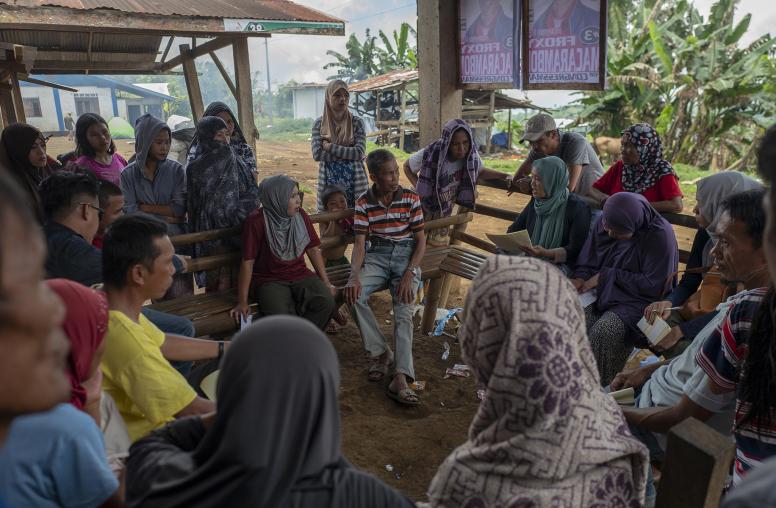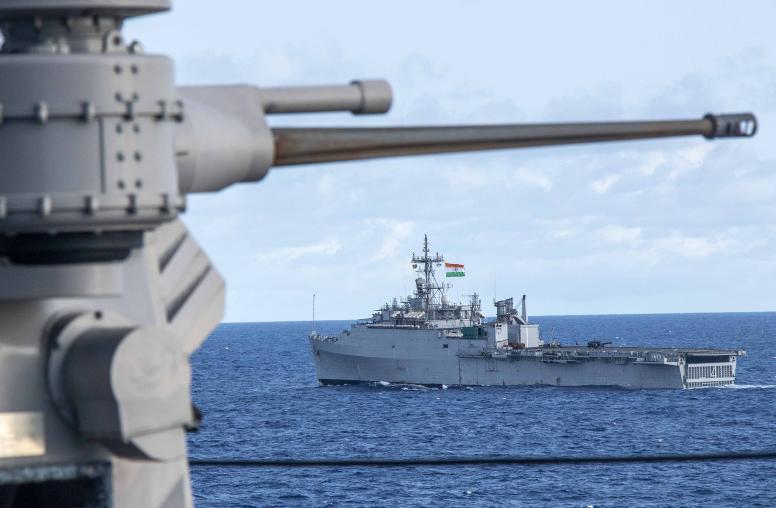America's Strategic Posture
The Final Report of the Congressional Commission on the Strategic Posture of the United States
THE USIP BOOKSTORE IS TEMPORARILY UNAVAILABLE
For more than eleven months this bipartisan commission of leading experts on national security, arms control, and nuclear technology met with Congressional leaders, military officers, high-level officials of several countries, arms control groups, and technical experts to assess the appropriate roles for nuclear weapons, nonproliferation programs, and missile defenses. This official edition contains a discussion of key questions and issues as well as the Commission’s findings and recommendations for tailoring U.S. strategic posture to new and emerging requirements as the world moves closer to a proliferation tipping point.
A bipartisan Congressional commission on U.S. nuclear strategy released its report last week, and it deserved more attention than it got. It delivered a candid message that not many want to hear: We're a long way from a nuclear-free world. . . . The commission's recommendations provide a welcome dose of nuclear realism. The Administration and Congress ignore them at the nation's peril.
How to secure the nuclear peace remains one of the most profound questions of the modern era. Twenty years after the end of the Cold War and with the arrival of a new administration in Washington, it is time to think through fundamental questions about the purposes of nuclear deterrence and the character of the U.S. strategic posture. While the existential threat to the United States has decreased, the rising threat of catastrophic terrorism, the possession and spread of nuclear weapons by other states, and a general worldwide nuclear renaissance continue to influence decisions about America’s strategic posture.
Recognizing the changing character of these threats, Congress formed a commission in 2008 to examine the United States’ long-term strategic posture and make recommendations. For more than eleven months this bipartisan commission of leading experts on national security, arms control, and nuclear technology met with Congressional leaders, military officers, high-level officials of several countries, arms control groups, and technical experts to assess the appropriate roles for nuclear weapons, nonproliferation programs, and missile defenses. This official edition contains a discussion of key questions and issues as well as the Commission’s findings and recommendations for tailoring U.S. strategic posture to new and emerging requirements as the world moves closer to a proliferation tipping point.
The Commission members include:
- William J. Perry, Chairman
- James R. Schlesinger, Vice-Chairman
- Harry Cartland
- John Foster
- John Glenn
- Morton Halperin
- Lee Hamilton
- Fred Ikle
- Keith Payne
- Bruce Tarter
- Ellen Williams
- James Woolsey




